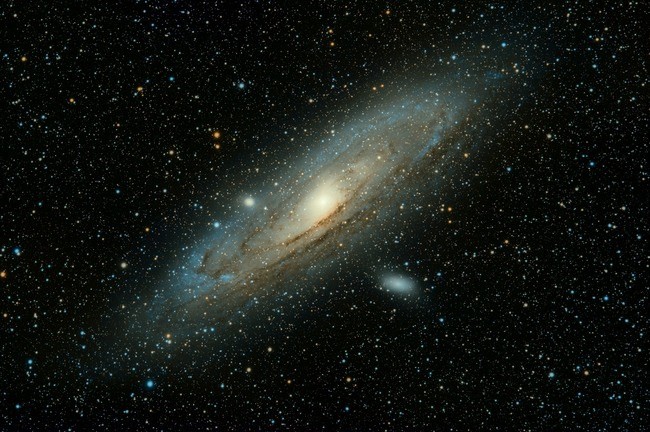According to a recent study, integrating quantum mechanics and Einstein's general relativity into a quantum gravity theory could help solve a significant cosmological mystery.

Scientists have known for almost a century that the cosmos is expanding. However, recent variations in its expansion rate are making us increasingly doubt this understanding.
A Problem That's Growing
In 1929, Edwin Hubble became the first to observe that the cosmos expanded. According to his observations, galaxies farther away are vanishing more quickly.
With additional measurements, our understanding of the rate at which the universe expands has become more precise. These days, the Hubble parameter is a valuable tool for measuring this.
However, a significant issue currently exists with these treatments. When looking at the cosmic microwave background (CMB), the glow from the Big Bang, the results are more than 10% better than when using the usual method to look at faraway cosmic objects.
This difference, known as the Hubble strain, makes us reconsider how the world came to be.
The Journal of Classical and Quantum Gravity published a paper by P.K. Suresh and B. Anupama of the University of Hyderabad. They knew how to make these disparate outcomes work together.
They proposed including quantum effects in the mathematical model to determine the growth rate. These interactions include, for instance, particles appearing out of thin air and random changes in the field.
The Big Bang and Quantum Effects
Even though adding quantum effects to gravity theories can be difficult, Suresh and Anupama focused on quantum-gravity impacts common to many suggested theories. "Our equation doesn't need to account for everything, but that does not prevent us from testing quantum gravity or its effects experimentally," Suresh said.
Theoretically, they found that considering quantum effects when talking about gravitational interactions in cosmic inflation, the universe's early stage, could change forecasts about the CMB's properties. This meant that the two types of Hubble parameter measurements were consistent.
While these early results look good, we won't know what they mean until we have a complete theory of quantum gravity. However, due to the connection between the cosmic microwave background and quantum gravity effects, we can soon conduct tests.
Suresh stated that scientists believe quantum gravity influenced the processes of the early universe, revealing these effects by measuring the properties of the cosmic microwave background.
The authors also speculate that quantum gravity could have altered the form of gravitational waves released in the early universe. Future telescopes might find these primordial gravitational waves; if so, we would learn more about how quantum gravity works.
Suresh also said that while we have seen gravitational waves from various cosmic sources, we have not found them since the beginning of the universe. He told them their work might help find a suitable model for inflation and primordial gravitational waves with quantum gravity properties.
A New Way To Look at Understanding the Universe
According to a new study using the same theory, scientists have taken significant steps forward in measuring gravity at the quantum level. Researchers from the UK, the Netherlands, and Italy discovered that weak gravity was pulling on a tiny particle.
Researchers have recorded gravitational signs at the most negligible mass yet. Using a method that involves suspending a particle weighing only 0.43 mg in icy conditions, they recorded a weak pull of only 30 attoNewtons (aN), less than the pull of a single bacteria on a table's surface.
It has been challenging to determine how gravity affects particles at the microscopic level until now. However, this discovery, published in Science Advances, helps scientists learn more about how forces at this scale work, which could lead to a "theory of everything."
The study's lead author, Prof. Hendrik Ulbricht, said they are pushing the edges of science, which could lead to discoveries about the quantum world and gravity. These discoveries show that combining quantum physics and general relativity might be an excellent way to answer long-standing questions about the world and learn its deepest secrets.
RELATED ARTICLE : Does Quantum Gravity Exist? IceCube Mission Search for Neutrino Decoherence at the South Pole
Check out more news and information on Quantum Theory in Science Times.












